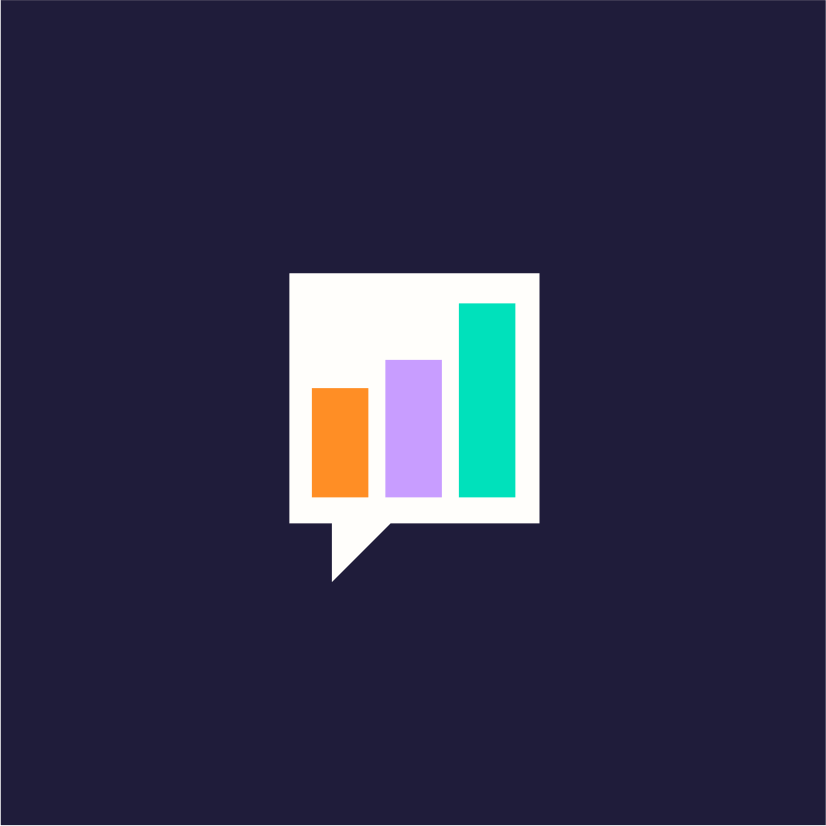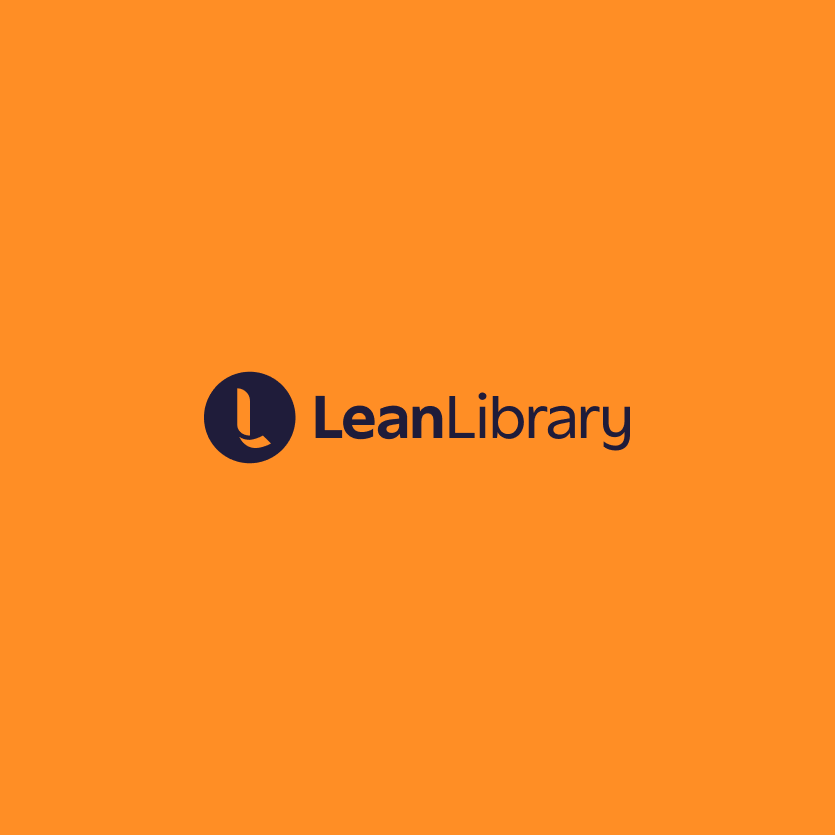This guest blog is by Eva, a student at University College London (UCL) in the UK, who has access to the free version of Lean Library. In this blog, Eva compares the basic functionality of Lean Library to the other academic workflow tools in this space. Next, we’ll be getting Eva access to all the wider functionality that Lean Library Futures offers, including connecting users to LibGuides, LibChat and other library guidance on any academic resource online, surfacing the library discovery service on sites like Google Scholar, and more. Stay tuned for Eva’s full review.

As the majority of students start their research journey outside of the library discovery, imagine having your library holdings accessible to your patrons within their workflow.
Lean Library puts your library on your patrons’ shoulders via one easy-to-use extension on their browser, simplifying online access to library content and services and open access alternatives. Lean Library embeds library collections and services into the patrons’ workflow – whether they start on Google Scholar, PubMed, or beyond.
Meet Eva, an undergraduate student beginning her academic journey. Let’s join her as she explores Lean Library alongside Third Iron’s LibKey and EndNote Click and shares her experiences of using these library technology tools for her studies.
Let’s get to know Eva
As a first-year BA Education Studies student at UCL’s Institute of Education, my day-to-day life revolves around lots of research and essay writing, particularly in the fields of educational psychology, policies, philosophy, globalization, and sociology. I often start my research on Google Scholar and JSTOR, which I have found to be valuable resources for essay writing and pre-lecture recordings.
My biggest frustration in my learning experience before beginning to use these tools has been finding the right article that fits the context of my research. Often when I had found the right article, it would be behind a paywall and required a subscription to access it.
I then discovered that UCL’s library had various tools available to support me during my research: Lean Library, Third Iron’s LibKey and EndNote Click. While all three have made my life as a student much easier for me, Lean Library has stood out as the superior choice especially for a student like me beginning my university journey.
Here’s why:
Overview of Each Tool
Note: This comparison is of the free version of Lean Library only. Our premium offering has an array of additional features to streamline the academic workflow.
Lean Library
Lean Library simplifies access to full-text articles and eBooks by providing direct links to resources. It’s super easy for users to request unavailable articles from the library with just a simple click. Additionally, Lean Library allows for easy citing and offers different citation formats (APA, Harvard, etc.) that are quick and easy to use.
In my experience, Lean Library has been a fantastic tool for accessing full-text articles. Depending on the situation, I usually opt for Lean Library when the interface pops up quicker on a website or if only Lean Library provides access to the full text.
Similarly, when I need to do a quick citation, Lean Library’s “Get Citation” button proves to be more efficient than other tools like EndNote, which requires more steps. Lean Library has been an invaluable tool in streamlining my research process since I have integrated it into my workflow.
Third Iron
Third Iron’s LibKey provides links to full-text articles through their one-click to PDF functionality. Third Iron offers other complementary products such as ‘LibKey Discovery’, ‘LibKey.io’, and ‘Browzine’, each offering different methods to access articles and literature.
My biggest use-case of LibKey is for psychology-related assignments, where I usually find LibKey the fastest in accessing the “APA PsycNet” and “Wiley” than the other two browser extensions.
EndNote Click
EndNote Click is a browser extension that also simplifies access to full-text articles. It also allows users to save the article to “My locker” for future reference and offers additional features such as downloading PDFs, visiting journal pages, and managing tags.
Personally, I found the “My Locker” function particularly useful during my research for essays. When balancing multiple articles at the same time, this feature helped me organise my research efficiently. Instead of dealing with the stress of switching between multiple open tabs, “My Locker” allowed me to view all saved articles with their titles, authors and publication dates in one place. This streamlined my research process by reducing clutter and making it more manageable.
However, it’s worth noting that the EndNote Click pop-up interface gets hidden behind the LibKey pop-up. To access EndNote Click, I had to manually close the LibKey pop-up first which is slightly inconvenient.
Key Capabilities of Lean Library
- User Friendliness & Accessibility
- Ease of Use & Clarity in Interface
- Support Functions
User Friendliness:
| What Third Iron offers: | What EndNote Click offers: | What sets Lean Library apart: |
|---|---|---|
| 7/10 | 5/10 | 9/10 |
| The interface is slightly too small to be seen and is often blocked by the Cookies pop-up on various websites, due to its placement on the bottom right-hand corner of the page. | Not only does the interface be obstructed by the website’s Cookies pop-up, but it is often also covered by the LibKey interface. | Lean Library provides a big and clear pop-up interface at the top right corner of the screen. It is obvious, without being intrusive and easily guides users to access the direct link to their resource. |
Ease of Use:
| What Third Iron offers: | What EndNote Click offers: | What sets Lean Library apart: |
|---|---|---|
| 9/10 | 7/10 | 9/10 |
| LibKey’s biggest strength is their One-Click to ‘Download PDF’, which is straightforward and easy to navigate, saving time for students like me during their research process. | The browser interface labelled “EN,” which abbreviates EndNote, initially confused me as “English.” Users might mistakenly interpret it as a translation feature for articles or websites into English. | Lean Library’s pop-up has clear, big buttons for features such as ‘Get Citation’ or ‘Access Full-Article’, which allows for a quick and simple flow. |
Support Functions:
| What Third Iron offers: | What EndNote Click offers: | What sets Lean Library apart: |
|---|---|---|
| 6/10 | 9/10 | 8/10 |
| The main reason I have used LibKey is solely for the functionality of being directly linked to the full-text article. | There are many supportive features available on the function menu bar that are beneficial for my research and essay writing. | Alongside the ability to access full-text resources, the citation feature has been a very useful feature during my research, saving me time and helping me accurately reference as a first-year student with little knowledge of referencing. |
Feature Comparisons Overview
In conclusion, the three tools have been beneficial to my studies in various ways and have helped streamline my research process. On comparing the features of each tool, EndNote Click has the most features available, with Third Iron’s LibKey having the least, however, their one-click to PDF has been very helpful in saving time accessing full-text articles. Lean Library has the most straightforward interface design and clearly directs you to access the article, eBook, etc., or create the citation. Notably, on comparisons of the three tools, Lean Library appeared to pop-up on more pages than the others.
My favourite features are:
Lean Library
From my personal experience, I like how effortless it is to cite my source using Lean Library’s browser extension, just one click and I can select the format of the citation and copy it to my assignment. This saves me lots of time, as I am easily citing sources as I go along, ensuring I have my references organised and avoid situations where I miss out on a source in the reference list.
Third Iron’s LibKey
I have used LibKey primarily as a supplementary tool alongside the other browser extensions. However, LibKey’s pop-up frequently appears slightly more quickly than the other browser extensions and directs me to the full-text article when Lean Library is unavailable.
EndNote Click:
My favourite aspect is the “My Locker” feature, which organises the articles I’ve viewed. This feature is particularly helpful during essay writing, as it allows me to compare multiple articles, keeping my workflow tidy and streamlined.
Eva’s Favourite Tool
Lean Library stands out as my favourite, as it makes the tedious research and essay writing process significantly quicker and simpler. Its ability to quickly and automatically detect whether the library has full access to an article or eBook, regardless of the field of discipline I am researching, speeds up my research process. This feature, combined with the convenience of the single click for requesting unavailable materials eliminates the frustration of not being able to access the article at that time.
Lean Library saves me valuable time, as I don’t need to spend time searching for the hard copy in the library, which may be unavailable or outdated. The overall setup for Lean Library requires minimal steps and is accessible to everyone, regardless of their level of ICT skills. It effectively brings the library to me, integrating academic resources seamlessly into my learning journey at the university.
Lean Library’s Library Subscriptions
Lean Library’s library subscriptions takes the library directly to patrons within their workflow. With Lean Library Access, Lean Library Workflow for LibGuides and Lean Library Futures, patrons gain access to numerous additional features that enhance their research experience. These features include streamlining access to the library holdings, providing assist messages to guide patrons, offering the library’s LibGuides to patrons and enabling them to check for print books, all of which from within the patrons workflow via the browser extension.




